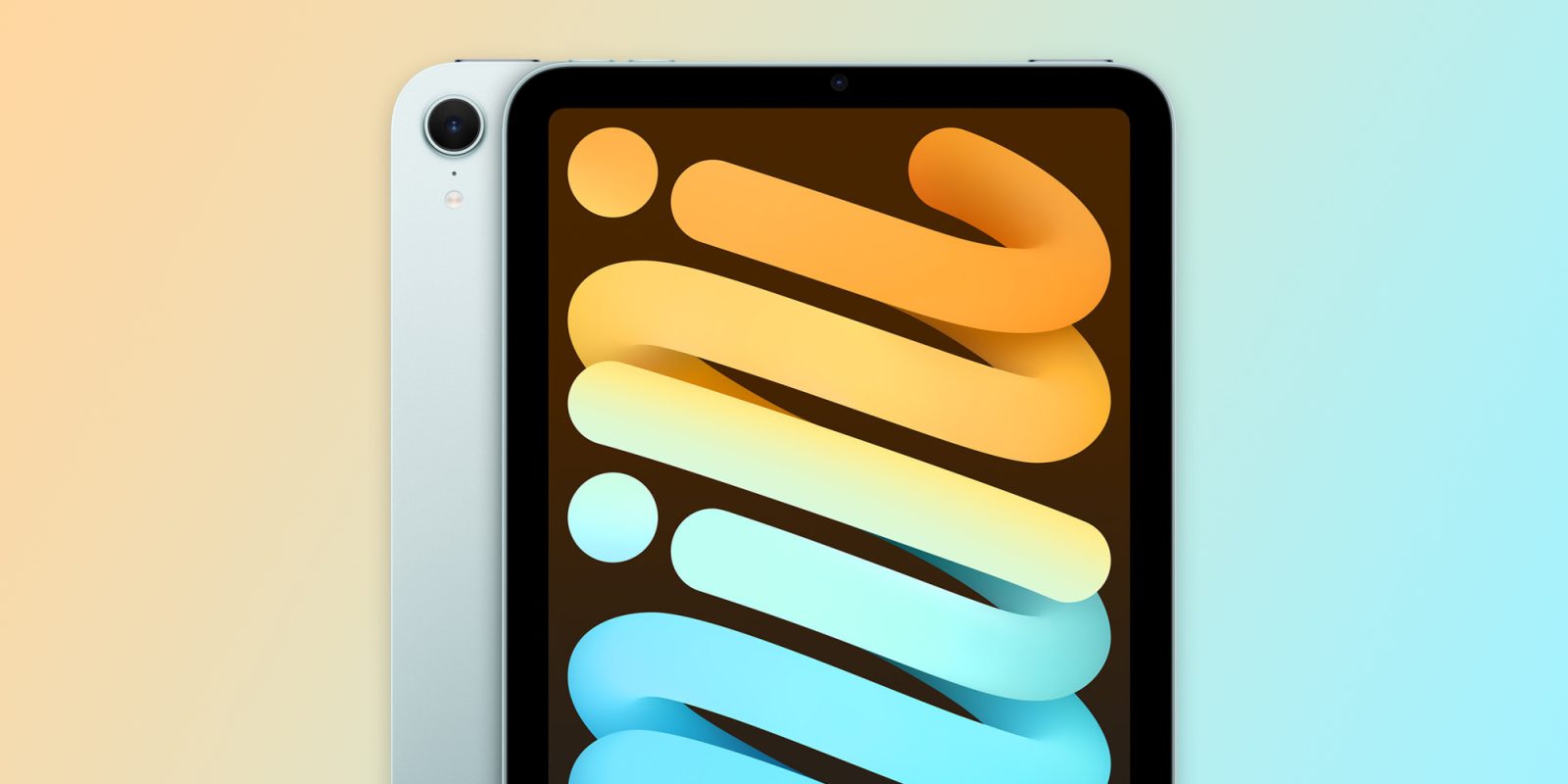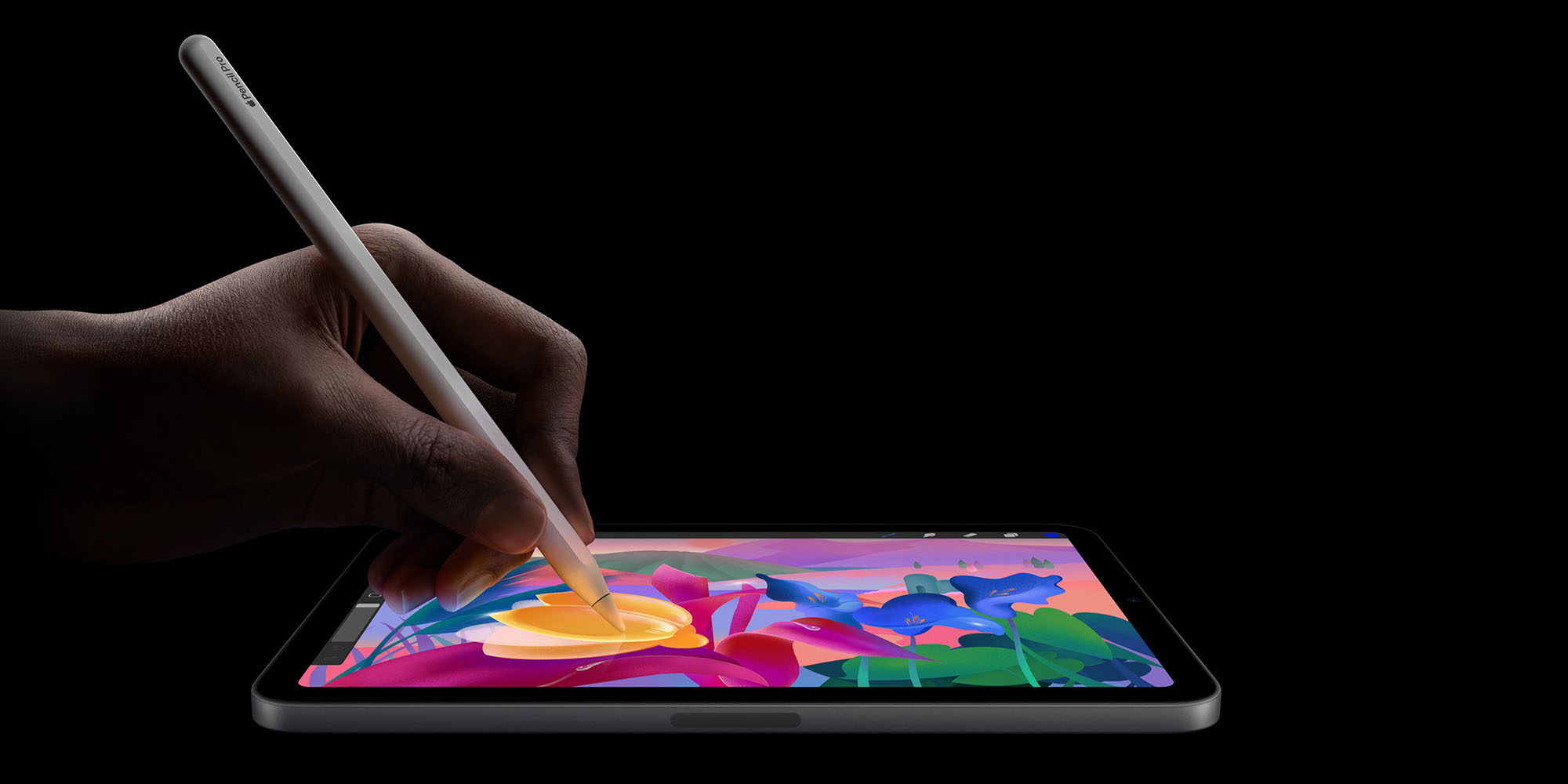 281
281
 2024-11-28
2024-11-28

Apple silicon has led to significant advancements on the Mac, including the recent M4 models. But some of the best evidence for Apple’s advantages in silicon is found in a surprising and unconventional place: the iPad mini 7.
Apple’s new iPad mini 7 arrived last month after rumors had long predicted its debut. And one of its chief features, Apple Intelligence support, was all but guaranteed based on prior reporting.
However, the way that AI support arrived was perhaps the device’s biggest surprise.
Expectations were that the A18 chip would power the new iPad mini, but the device ended up shipping with an A17 Pro instead.

The iPhone 16’s A18 chip was expected in the mini for a couple main reasons:
That other chip, the A17 Pro, was what shipped in last year’s iPhone 15 Pro and Pro Max.
Apple could have thrown an M-series chip into the iPad mini, but that seemed unlikely. Prior mini models have historically been equipped with iPhone-class chips.
So why was the A17 Pro assumed out of the running? Because of challenges associated with Apple’s first-generation 3-nanometer fabrication process.
Long story short, the A17 Pro was made with a new process that proved especially problematic for Apple. It reportedly brought costs and inefficiencies that the company wasn’t content with.
Thus, Apple moved very quickly to a new and improved second-generation process, which debuted in May with the M4 chip.
Apple’s fast transition away from the M3 and on to the M4 is another result of the faulty first-generation 3-nm process.
Thus, it was a big surprise when the iPad mini 7 debuted with an A17 Pro chip.

Here’s an important detail worth knowing though.
Apple almost certainly isn’t producing new A17 Pro chips today.
Instead, it’s taking an existing stockpile from last year’s iPhones and using it in this new product.
The evidence for this is twofold:
Apple makes many, many millions of new iPhones every year. It just so happened that this past year, its best selling iPhone models were made with a manufacturing process that resulted in a lot of below-spec chips (lacking one GPU core).
Think about it from Apple’s perspective.
Those chips may not have been good enough to put in its flagship iPhone 15 Pro, but they could still represent a huge upgrade for a different product: the iPad mini.

Thus, Apple was able to take chips that had already been produced, and were subsequently rejected for its flagship product, and throw them into the niche iPad mini while still giving it a tremendous upgrade.
The iPad mini 7 is a truly powerful upgrade, and offers the same Apple Intelligence features as every other AI-compatible device.
The missing GPU core isn’t an issue at all. And Apple gets to save a bunch of money while still giving users a fantastic chip.
That’s why the iPad mini might just be among the most compelling proof for Apple’s present dominance in the realm of silicon.
Source: 9to5mac